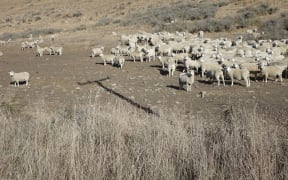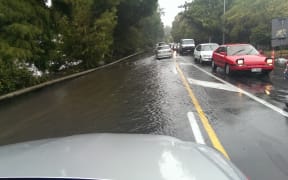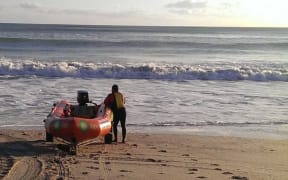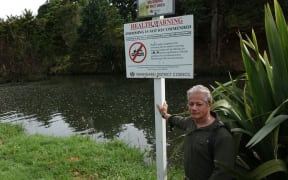The Canterbury Regional Council (Environment Canterbury) has failed to meet its own deadline for cleaning up the region's rivers - and has, in fact, gone backwards.
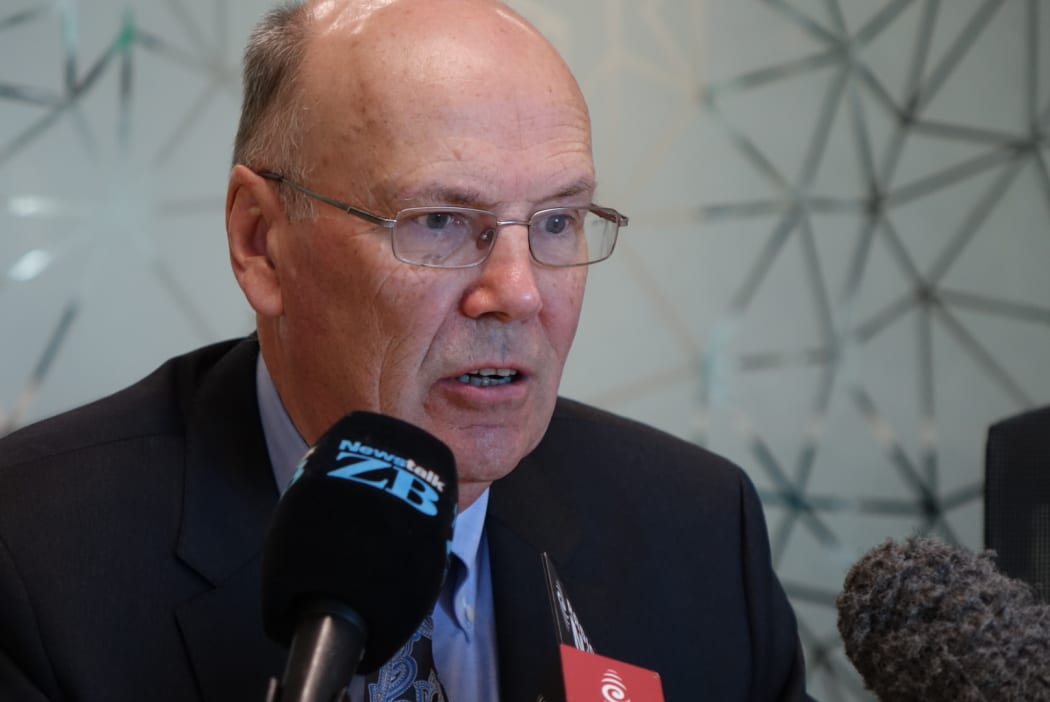
Environment Canterbury commissioner David Caygill announces the council's report card. Photo: RNZ / Conan Young
In the five years since the Government replaced elected councillors with commissioners for their lack of progress in meeting targets, more rivers have become unsafe for swimming.
In 2010, the new council set itself a target of ensuring 80 percent of rivers in the region were safe for swimming. At the time, 74 percent of rivers fell into this category.
Today, the council announced that only 67 percent of rivers were safe to swim in.
The result is part of a report card produced by the council on its own progress in reaching targets, including increasing the amount of irrigated land in Canterbury and setting limits on the amount of pollution farmers are allowed to produce.
'Contradictory' targets
One of the sacked councillors, Green MP Eugenie Sage, said she was not surprised at the result given what she said were contradictory targets around increasing irrigation.
"If you look at the other targets, they're doing well in terms of infrastructure planning for more irrigation.
"The strategy's got a target of 850,000 hectares being converted to irrigated land. That needs to be re-examined, given the failures to improve water quality for recreation."
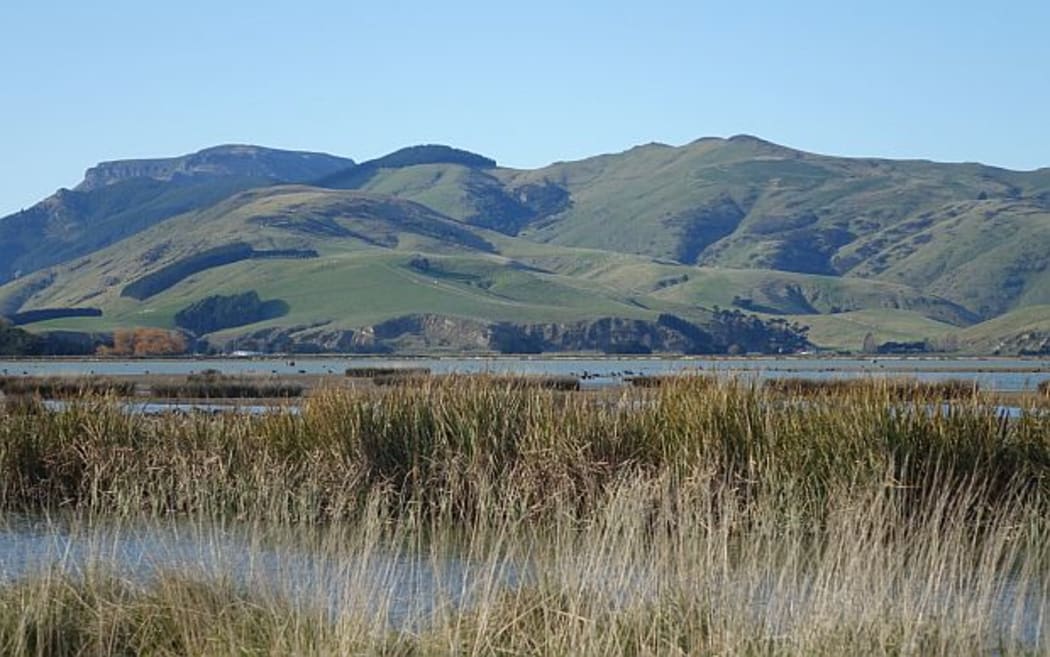
Lake Ellesmere (Te Waihora) is one of the most polluted lakes in New Zealand. Photo: RNZ / Conan Young
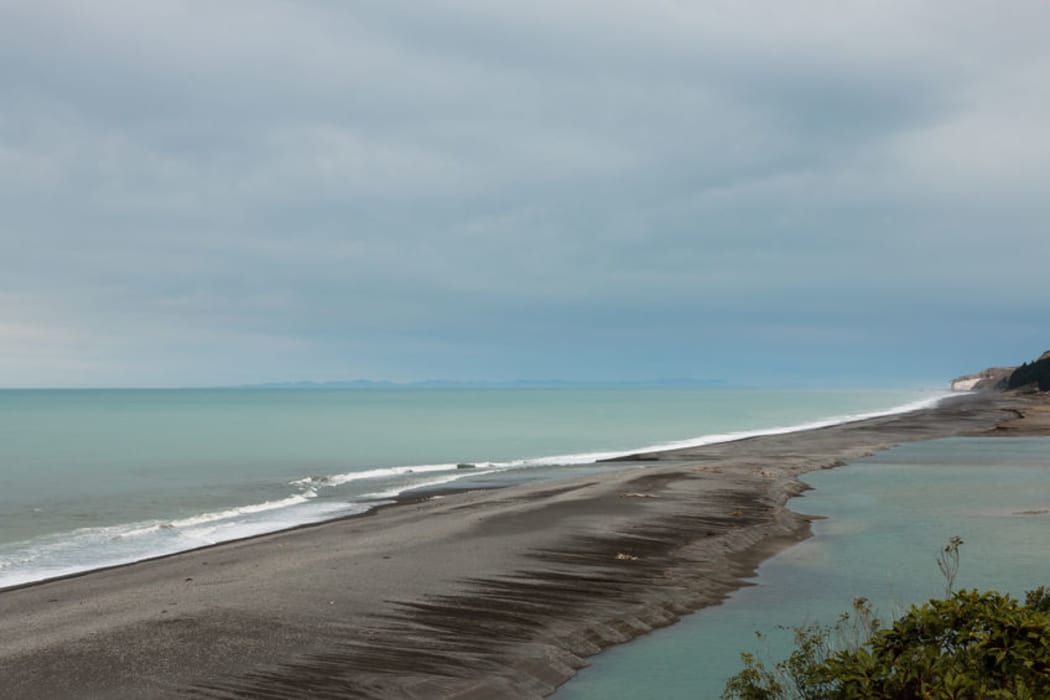
A stretch of estuary where the Hurunui River meets the sea in Canterbury. Photo: 123RF
Environment Canterbury (ECan) has given itself a high mark for setting limits on the amount of polluting nitrates farmers are allowed to send into waterways, and hopes to have limits in place for the entire region within the next five years.
But Ms Sage said the limits it had already set for North Canterbury were too high.
"There's been a lot of criticism they allow a significant increase in nutrient pollution in the Hurunui River - and that with the Selwyn [District], Te Waihora (Lake Ellesmere), with Central Plains Water going ahead, there's modelling that's been done, but there's no evidence that water quality is improving, particularly in those lowland spring-fed streams."
Alpine water will help rivers - commissioner
The council's commissioner with responsibility for water, David Caygill, said it would continue to work to meet the clean streams target - at the same time as it allowed for increased irrigation and intensive dairy farming.
He said the mountain water that irrigation schemes supplied to farmers could also be used to flush out polluted rivers.
"Pretty much the only way in which we could achieve the various targets that seem on first blush to pull us in different directions; one key is to increase the amount of alpine water that is recovered in some way, stored and distributed."
Mr Caygill said ECan was playing the long game when it came to improving the region's waterways and that, even by 2040, not all of its targets would have been met.
"We're trying to do the right thing by the environment and realise an economic opportunity at the same time," he said.
"That's hard, it's not straightforward, it will take 25 years. Will we be done in that time? There will be measurable improvement in that time but Canterbury will be significantly different."
The council's next report card is due in five years.

